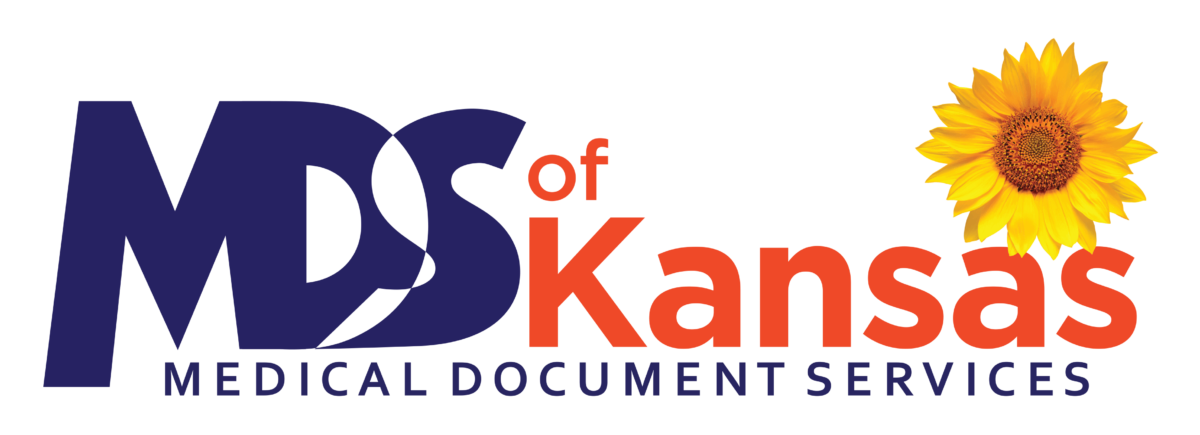MDS reflects on the many blessings of 2013. We have great appreciation for our customers, new and old, our friends, our business alliances and partners, and most of all … our incredible MDS team! We are confident in what 2014 brings and wish good health, happiness and true peace for all!
AHDI reflects on most read healthcare articles for 2013. Take a look …
UPMC transcriptionists protest after outsourcing
Pittsburgh Post-Gazette
From Nov. 6: Cindy Cromie was a medical transcriptionist working for UPMC Hamot in Erie, Pa., when she, like the rest of the 130 people who provided medical transcriptions for the hospital system, got a call this spring to come to a meeting in Pittsburgh. They gathered in the Western Psychiatric Institute and Clinic of UPMC, where they were told that their work was being outsourced to Nuance Communications of Burlington, Mass.
Job changes coming for transcriptionists
Healthcare IT News
From July 17: Nearly 90 percent of medical transcriptionists say that transitioning to documentation roles with electronic health records means that gaps in skills need to be identified and new career paths charted, according to new a study. New speech and language processing technologies have set the stage for a fundamental transformation in the way transcriptionists work, according to the survey – conducted by the American Health Information Management Association and the Association for Healthcare Documentation Integrity — which found that 87 percent of respondents are preparing for new ways of doing things.
AMA: EHRs create ‘appalling Catch-22’
HealthcareIT News
From May 8: As the healthcare industry moves to EHRs, the medical record has essentially been reduced to a tool for billing, compliance and litigation that also has a sustained negative impact on doctors’ productivity, according to Steven J. Stack, M.D., chair of the American Medical Association’s board of trustees. “Documenting a full clinical encounter in an EHR is pure torment,” Stack said during the CMS Listening Session: Billing and Coding with Electronic Health Records.

Speech recognition software: Does it help or hinder care workflow?
FierceHealthIT
From Nov. 20: Does front-end speech recognition make for a smooth-running operation, or does it simply complicate documentation and patient care? Doctors and researchers debate this question in the November 2013 issue of health information management magazine For the Record. Gary David, Ph.D., an associate professor of sociology at Bentley University in Waltham, Mass., notes in the article that front-end speech recognition does not always save labor, but it does change workflow.
Scribes can be beneficial in medical practices
HealthDay News via Doctors Lounge
From Oct. 23: Medical scribes can accurately document physician or independent practitioner dictation and activities, allowing providers to spend more time with patients, according to an article published in Medical Economics. Maxine Lewis, president of Medical Coding & Reimbursement in Cincinnati, discusses the role of scribes in medical practices.
EHR copy and paste? Better think twice
Healthcare IT News
From Oct. 9: Who would have thought that something so simple as copy and paste could have such serious consequences? Speaking at the MGMA annual conference in San Diego, Diana Warner, director at AHIMA, confirmed the seriousness of inappropriately using copy and paste functions in electronic health records. And the government agrees — it’s no laughing matter.
Digital health records’ risks emerge as deaths blamed on systems
Bloomberg
From June 26: Electronic health records are supposed to improve medical care by providing physicians quick and easy access to a patient’s history, prescriptions, lab results and other vital data. While the new computerized systems have decreased some kinds of errors, such as those caused by doctors’ illegible prescriptions, the shift away from paper has also created new problems, with sometimes dire consequences.
Medical scribes boost EHR productivity, streamline workflow
EHR Intelligence
From Sept 25: While EHRs are sold to physicians as a way to increase quality while making documentation more efficient, few providers have seen as much return on that promise as they could like. EHRs can be time consuming to use on a daily basis, and patient interaction can suffer when being forced to peer at a computer screen during consult after consult. The solution, according to one cardiology practice, is to let a professional typist do the typing, and allow the physician to use his skills where they do the most good.
Updated HIPAA rules posing challenges for healthcare providers
The Wall Street Journal via iHealthBeat
From May 8: Health care providers say they likely will face challenges complying with new rules that expand and update HIPAA provisions. One of the biggest challenges under the new HIPAA rules is a provision allowing patients to request that insurers not be informed of treatments that patients paid for themselves.
Speech recognition: A work in progress
For The Record
From May 1: While controversy remains within the healthcare community regarding the best approach to using speech recognition technology, there are some points that most industry professionals agree on. Few would dispute that the vendor community has made tremendous strides to advance applications to better meet the needs of the healthcare industry, and innovation continues as developers look for ways to make the technology more intelligent and accurate.
Medical Document Services of Kansas, LLC (MDS) is a Wichita, Kansas healthcare document service specializing in Medical Transcription, Revenue Cycle Management, AzaleaHealth EHR, and REAL-TIME solutions. We provide efficient, accurate, affordable quality services for hospitals, clinics, and facilities of all sizes. Call 866-777-7264 today, or visit our website for more information.





